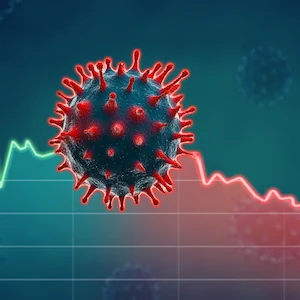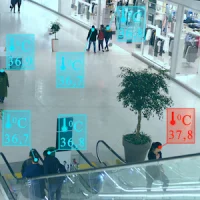The COVID-19 pandemic continues to put pressure on hospital decision-makers to make critical clinical and resource allocation decisions that are time-sensitive.
Predictive Healthcare at Penn Medicine has developed an Impact Model for Epidemics to assist hospitals and public health officials with hospital capacity planning.
You might also like: COVID-19: Effect on IT Purchasing Decisions
The model is focused on deploying predictive healthcare applications with re-designed healthcare pathways that greatly improve patient health and wellness.
Within the model framework are clinical demand surge timings estimations and best- and worst-case scenarios of local COVID-19–induced strain on hospital capacity. The objective is to help hospital managers make informed decisions on clinical operations, staffing demands and to be able to project hospital saturation.
The design involved the Monte Carlo simulation instantiation which work by repeatedly sampling from probability distributions and scoring the results to form average quantities. In this simulation, the parameters were a susceptible, infected, removed (SIR) model with a 1-day cycle in three academic health system hospitals.
Researchers used the COVID-19 Hospital Impact Model (CHIME) SIR model to estimate the time from March 23 2020 until hospital capacity would likely be exceeded. Also estimated was the intensity of the surge which included data on ICU beds and ventilators.
CHIME shows that, using patients with COVID-19 alone, it will be 31 to 53 days before demand exceeds capacity. As far as best- and worst-case scenarios of surges in the number of patients with COVID-19 were concerned, the total capacity for beds would reach 3131 to 12 650 across the three hospitals. This includes 338 to 1608 ICU beds and 118 to 599 ventilators.
The model does have limitations. For instance, parameters were taken directly or derived from published data across heterogeneous populations and practice environments and from the health system's historical data. This excludes transition states for modelling of infection severity, social networks to model transmission dynamics, or spatial patterns of human interaction provided by geographic information.
The model has been reviewed by several epidemiologists including Michael Z. Levy, PhD, Associate Professor of Epidemiology, Department of Biostatistics, Epidemiology and Informatics at the Perelman School of Medicine.
It is publicly available for hospital operations leaders to help them prepare for strain on capacity in the early days of a pandemic.
Source: Annals of Internal Medicine
Image credit: iStock










